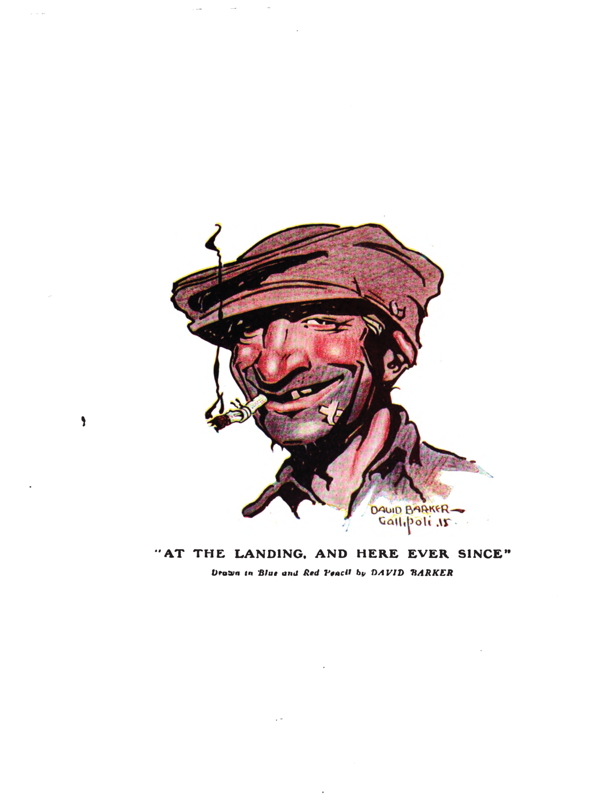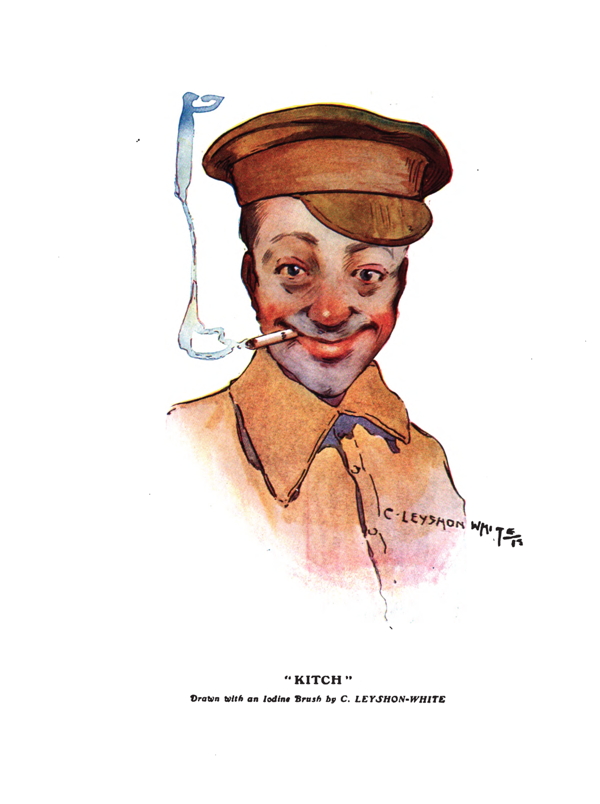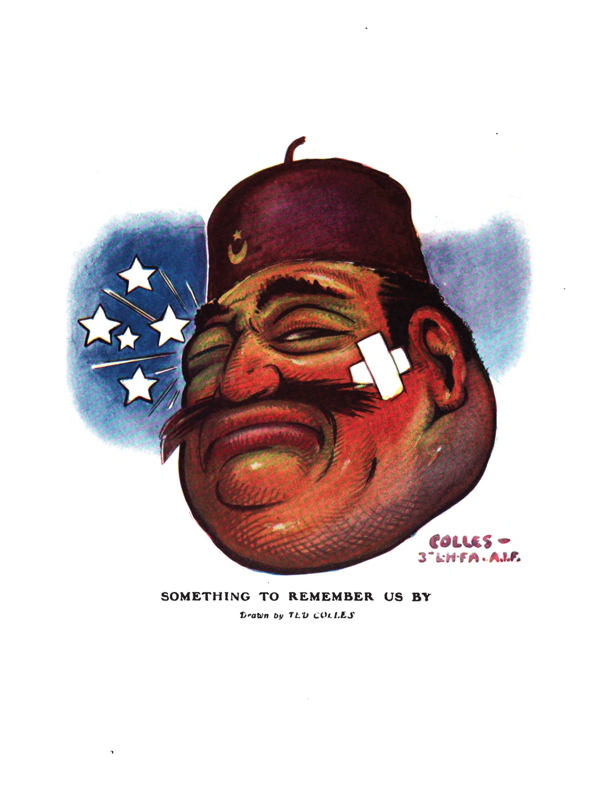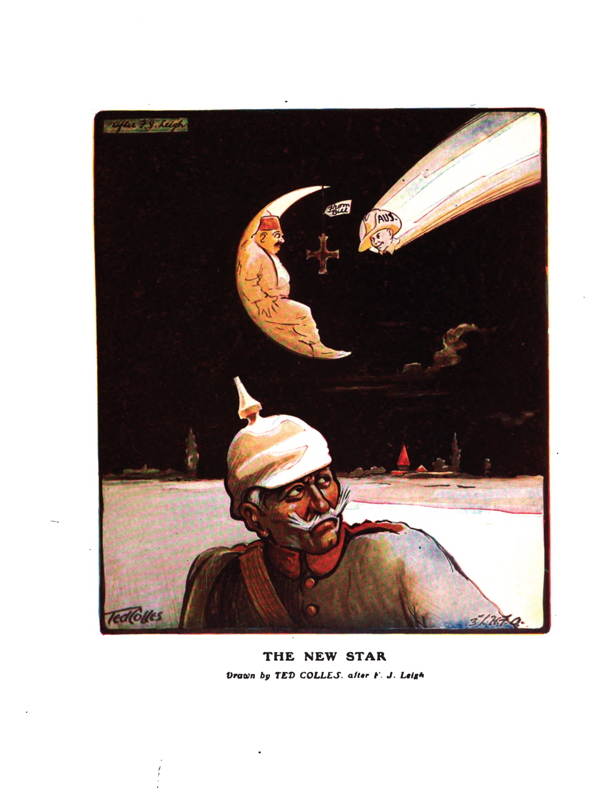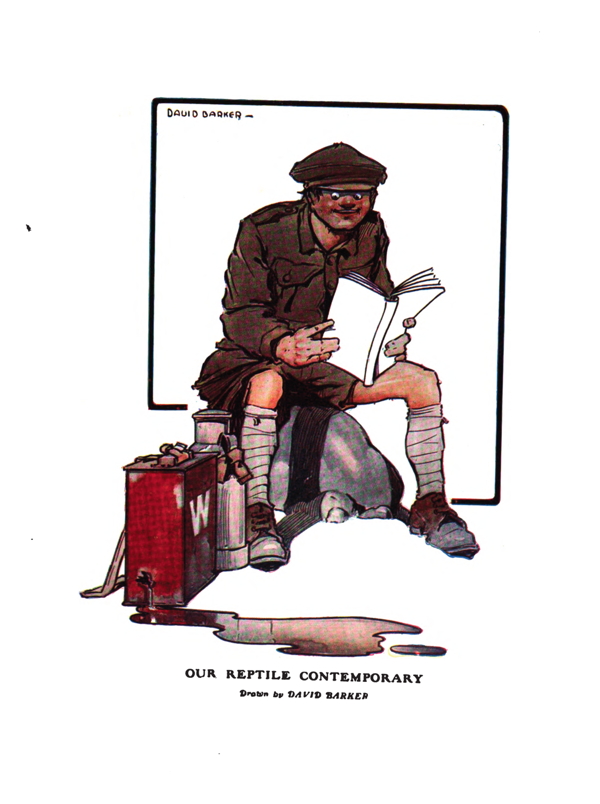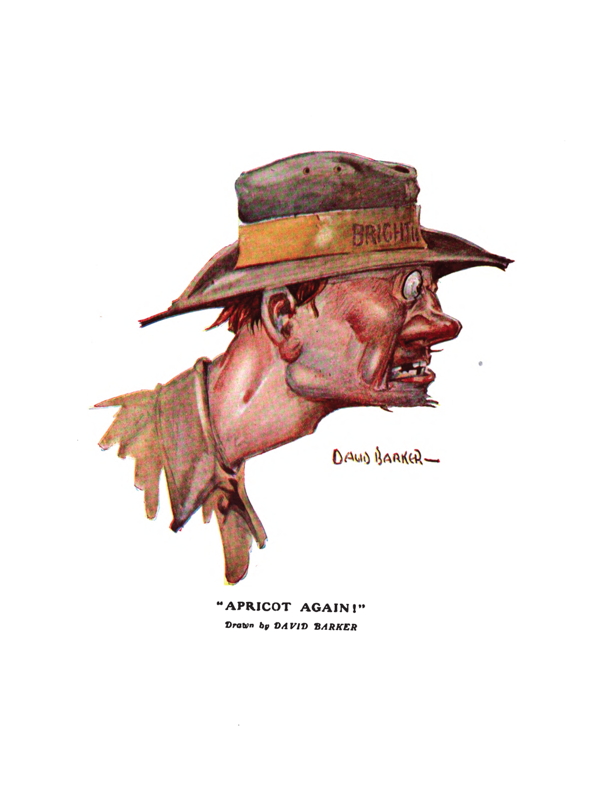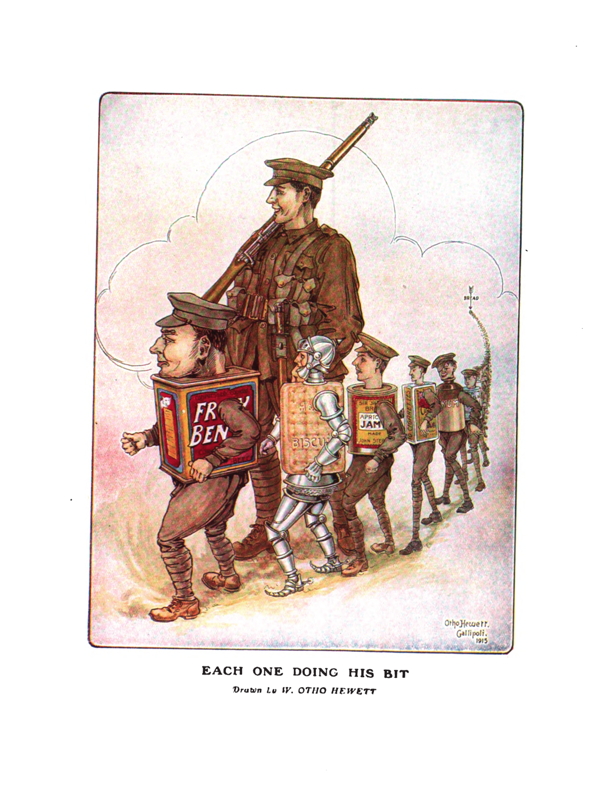Saturday - June 30, 2012
The ANZAC Book (1916): Part I Coloured Plates

The Anzac Book. Written and Illustrated in Gallipoli by The Men of Anzac. For the benefit of Patriotic Funds connected with the A.& N.Z.A.C. (London, New York, Toronto and Melbourne, 1916). Introduction by Sir W.R. Birdwood, pp. ix-x (ANZAC December 19, 1915). "Editor's Note" by The ANZAC Book Staff (Aegean Sea, December 29, 1915).

[Below are some other covers of ANZAC magazines from the period which are quite patriotic and optimistic as one would expect.]
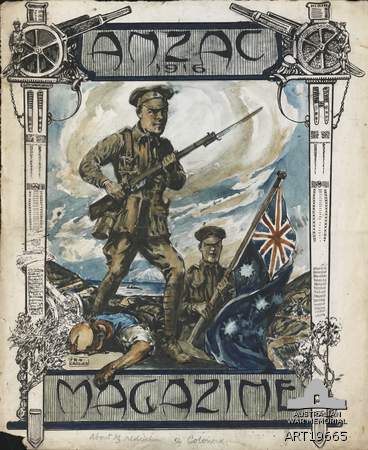

This is a famous book created by some of the Australian and New Zealand soldiers who landed at Gallipoli [now Gelibolu] in Turkey on 25 April 1915. It was part of a British and French attempt to knock the Ottoman Empire (allied with Germany and Austria) out of the war and to relieve the Russian Empire fighting on the eastern front. It failed to achieve these objectives and the soldiers were withdrawn by 9 January, 1916. The invading forces had 44,092 men killed and the defending Turks lost 86,692 men killed. Of these deaths, the ANZAC forces lost 11,430 men killed (Australia 8,709 and NZ 2,721). Given the very low population of both the countries the death toll was seen as quite heavy.
The book was compiled in late November in order explicitly to raise money for the war effort but with the additional, unstated goal of telling the world about how the ANZACs had coped in battle. It contains material by both officers and men, including C.E.W. Bean who is listed as one of the editors. He later went on to write a famous official history of Australian involvement in WW1 and helped establish the "ANZAC myth" in Australian history. Some of the material expresses frustration and even anger at some of the things that the enlisted men had to endure but this is rather muffled as I'm sure military censorship would have been very much in the back of their minds, as well as a fear of "letting down" their families back home. Publication was delayed because while the book was being edited the troops learned of plans to withdraw them early in the new year. This, in some respects the ANZAC Book became a farewell from the troops after enduring 9 months of fruitless combat.
The version of the book I got from Google also contains 2 other separate books of NZ material of a very similar nature. They are dated 1917 and 1918. If I make time I will post them online as well as they are most interesting. There are many images of Kiwis and a few Koalas which is how the artists distinguished between the 2 groups of soldiers.
This brief essay will be in two parts. The first will show the complete set of the 8 coloured plates which were used in the 200 page book. The second part will contain a selection of the other black and white cartoons and illustrations which provide some insight into the minds of the men who were present at Gallipoli in 1915. I will also include the quite famous drawings of the "ANZAC Alphabet".
Here are a couple of interesting illustrations which i suggest are trying to tell us another story about the ANZAC experience in the face of the military censors who no doubt would tolerate humour and some mild criticism but nothing stronger than that. At the end of the "Editor's Note" (perhaps which many would not read very closely) there is a pair of illustrations which suggest that reality was quite different from the ideal view of sacrifice and combat which the troops would have learned at school and basic training. A common image throughout the work is that of the soldiers as mere beasts of burden or "donkeys" The second image appears at the very beginning of the book and shows a fairly cheeky soldier with a cigarette on his lips, looking a bit angry, and carrying a bandaged eye. The slogan is not "Season's Greetings" which one might have expected in a book published at Christmas time in 1915 but a more confrontational "Complaints of the Season." A third piece of evidence is the cover of the book, an image of which can be found at the top of this post. Here we see a very battered but determined looking digger with a bandaged head, standing before a bullet-ridden Union Jack (the Aussies did not have their own flag at this time). The army of the Empire had taken a beating at Gallipoli and the picture shows it.

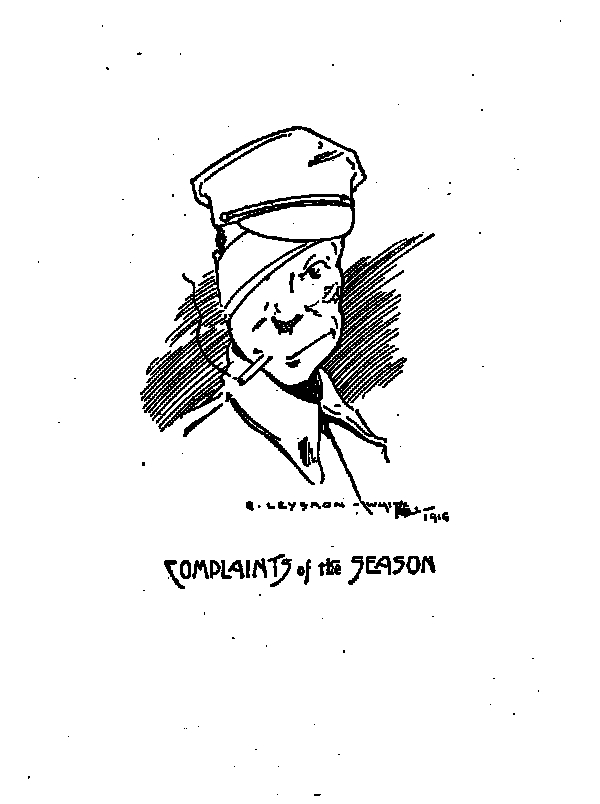
What follows below are a set set of the 8 colored plates from the book:
